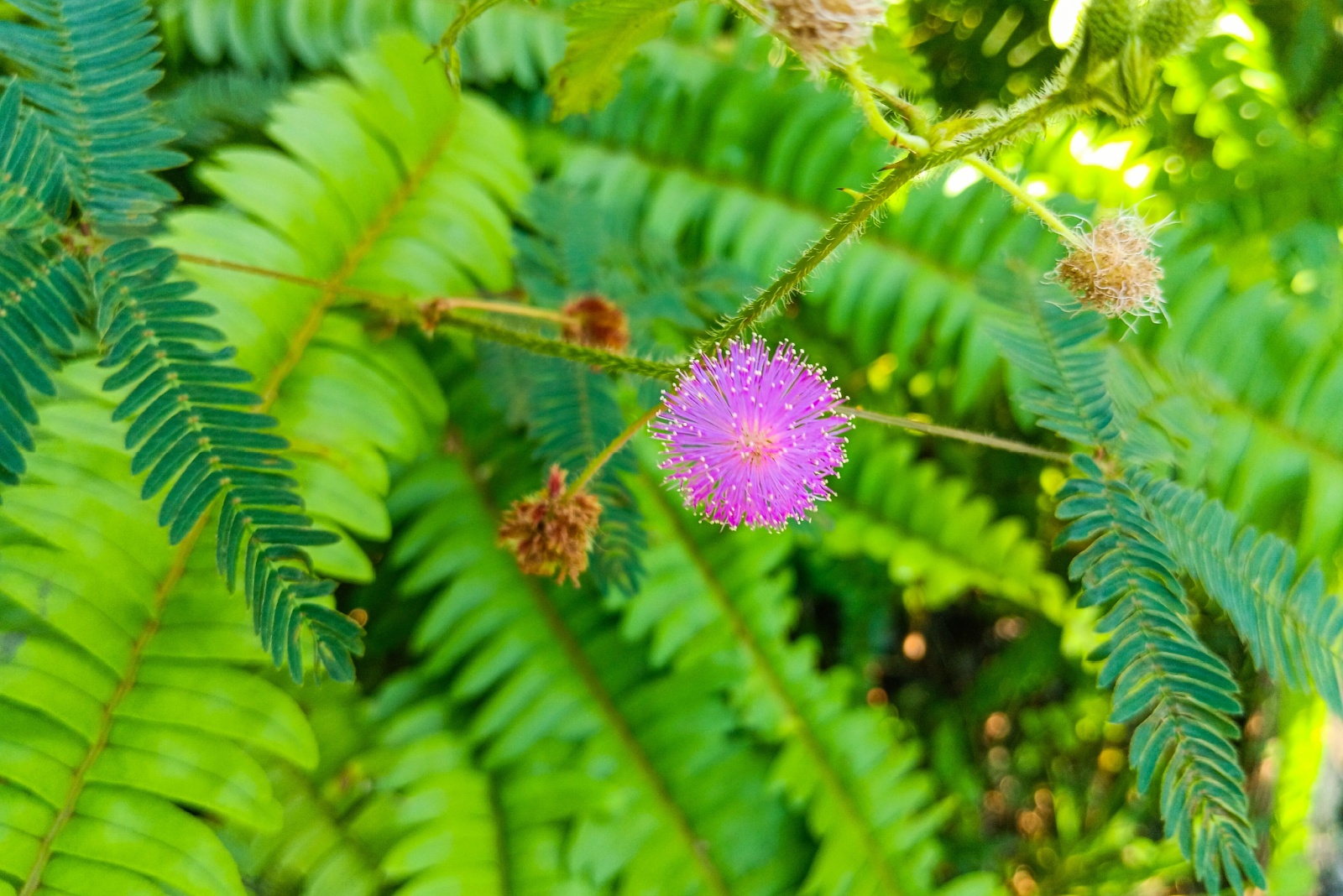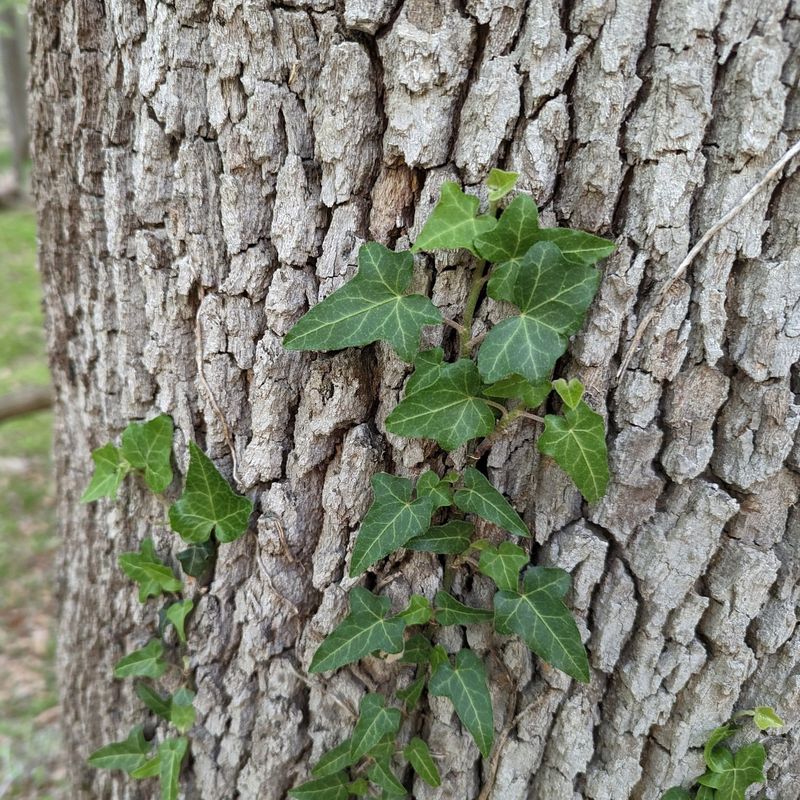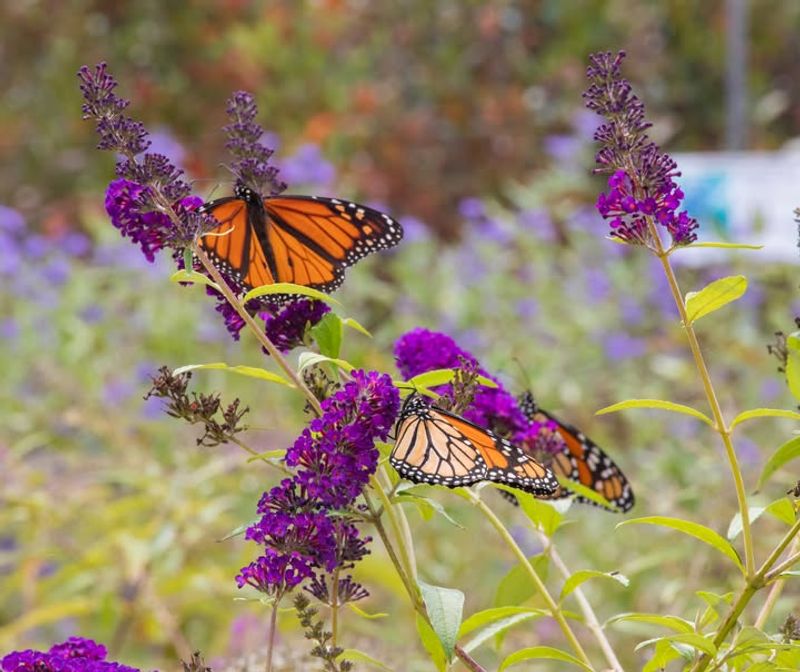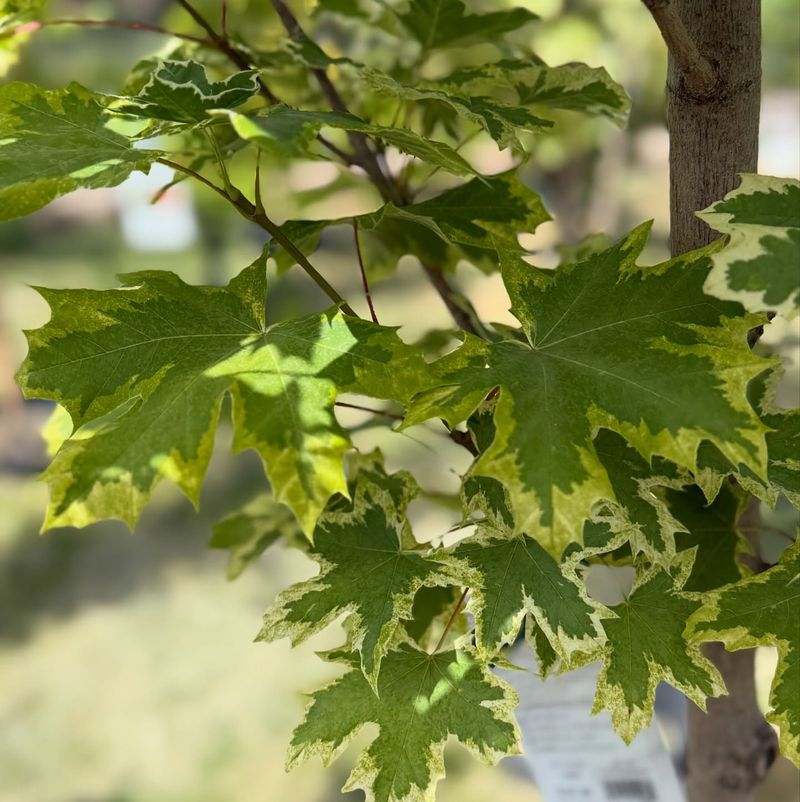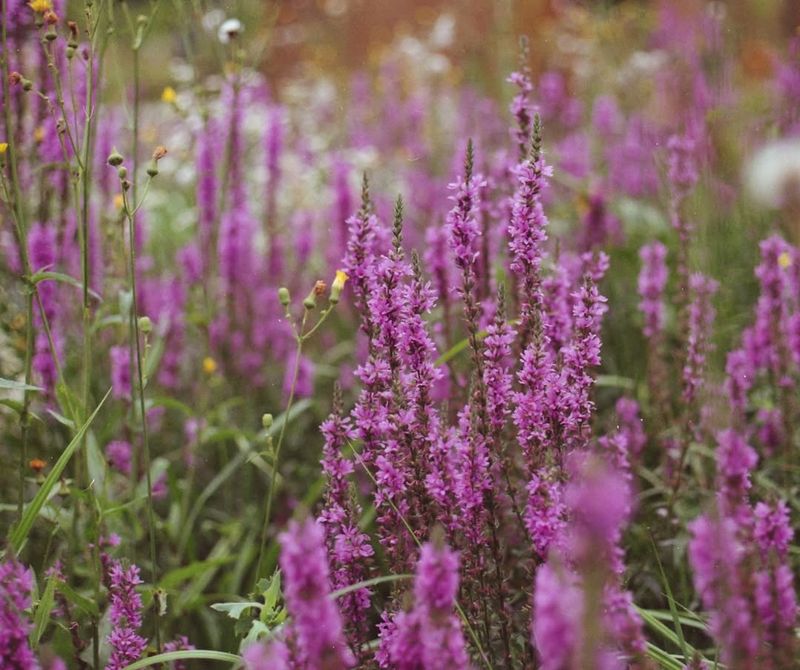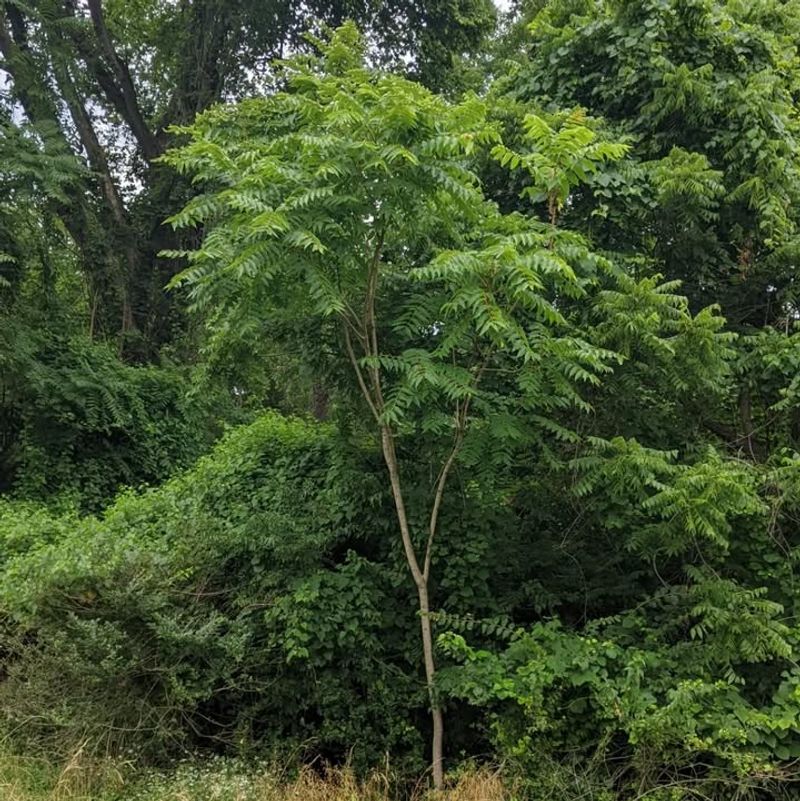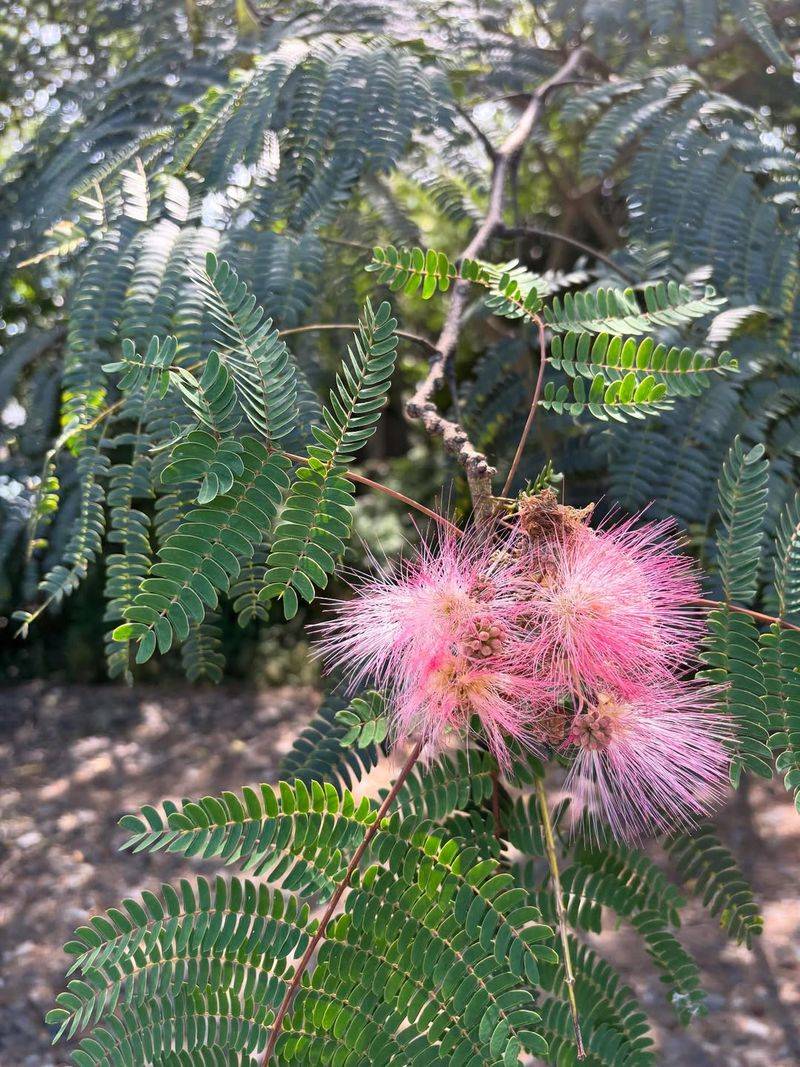Even seasoned gardeners get lured in by big blooms, shiny labels, or “low-maintenance” claims. But looks can be deceiving, especially in Ohio’s unpredictable climate.
Some plants crowd out natives, struggle against pests, or require constant attention to stay alive. To save yourself frustration, consider skipping these 12 commonly over-hyped plants.
1. Bradford Pear Trees
Bradford pears might look stunning in spring with their white flowers, but they’re a nightmare waiting to happen. Their wood is incredibly weak and splits easily during storms, leaving you with dangerous broken branches everywhere.
Plus, they smell absolutely terrible when blooming—like rotting fish. Many Ohio cities now discourage planting them because they’ve become invasive and crowd out native species.
Choose a native flowering dogwood or serviceberry instead for spring beauty without the headaches.
2. English Ivy
What starts as an innocent ground cover quickly becomes your garden’s worst enemy. English ivy spreads faster than you can control it, climbing trees and choking them out while destroying fences and siding.
It creates dense mats that prevent native plants from growing and provides perfect hiding spots for mice and other pests. Removing it once established requires years of persistent effort.
Native pachysandra or wild ginger offer similar coverage without the aggressive takeover.
3. Butterfly Bush
Despite its charming name, butterfly bush doesn’t actually help butterfly populations much at all. While adult butterflies visit the flowers for nectar, the plant provides zero food for caterpillars, which butterflies desperately need to survive.
In Ohio, butterfly bush can also spread aggressively and escape into natural areas. It’s considered invasive in several states already.
Plant native milkweed, Joe-Pye weed, or coneflowers instead to truly support local butterfly populations from egg to adult.
4. Japanese Barberry
Landscapers love recommending this thorny shrub for its colorful foliage and deer resistance. However, Japanese barberry has escaped cultivation and now invades Ohio forests, changing soil chemistry and creating perfect habitats for disease-carrying ticks.
Research shows areas with barberry have significantly higher tick populations, increasing Lyme disease risk. The sharp thorns also make maintenance painful.
Consider native ninebark or winterberry holly for similar visual interest without environmental harm.
5. Burning Bush
That spectacular red fall color comes at a serious environmental cost. Burning bush spreads rapidly through Ohio woodlands, forming dense thickets that crowd out native plants and reduce biodiversity.
Birds eat the berries and spread seeds everywhere, making it nearly impossible to contain once planted. Many garden centers still sell it despite its invasive status.
Native alternatives like oakleaf hydrangea, Virginia sweetspire, or chokeberry provide equally stunning fall color while supporting local ecosystems instead of harming them.
6. Periwinkle (Vinca)
Ohio garden centers promote periwinkle as the perfect solution for shady spots, but this seemingly innocent ground cover has serious invasive tendencies. Once established, it forms impenetrable mats that nothing else can grow through.
It escapes gardens easily and invades natural areas, displacing native wildflowers that wildlife depends on. Removing it requires digging up every tiny piece of root.
Try native foamflower, wild geranium, or woodland phlox for shade coverage that plays nicely with other plants.
7. Norway Maple
Norway maples create such dense shade that grass and other plants can’t survive underneath them. Their shallow, aggressive roots make mowing difficult and crack sidewalks and foundations regularly.
They also produce thousands of seeds that sprout everywhere, invading forests and outcompeting native sugar maples. The dense leaf litter changes soil chemistry too.
Plant a native sugar maple, red maple, or oak instead for beautiful shade without the destructive side effects and ecological damage.
8. Purple Loosestrife
Those gorgeous purple spikes might catch your eye at the garden center, but purple loosestrife is an absolute disaster for Ohio wetlands. A single plant produces over two million seeds annually, allowing it to spread explosively.
It chokes out native wetland plants that waterfowl and other wildlife depend on for food and nesting. Many states have banned its sale entirely.
Choose native swamp milkweed, ironweed, or cardinal flower for similar beauty that actually benefits Ohio’s wetland ecosystems.
9. Russian Olive
The Russian Olive, with its silvery leaves and fragrant flowers, seems like an exotic choice for Ohio gardens. However, its invasive nature makes it a troublesome guest.
It spreads rapidly, overtaking native species and disrupting local ecosystems. Removing it can be a persistent challenge, requiring time and effort.
Despite its alluring appearance, the Russian Olive should be avoided to maintain a balanced and healthy garden environment. Its rapid proliferation is hard to control once it takes root, making it a gardener’s nightmare.
10. Privet
Privet often receives praise for its dense foliage and ability to create privacy hedges. Unfortunately, it spreads aggressively, overshadowing Ohio native plants.
This shrub’s dense growth habit can choke out other plants, leading to a monotonous landscape. Its berries are toxic, posing risks to pets and wildlife.
Maintaining a healthy garden requires frequent pruning and monitoring, which can be labor-intensive. Opting for native alternatives ensures a lively, diverse garden ecosystem.
11. Tree Of Heaven
The Tree of Heaven is notorious for its rapid growth and adaptability, making it tempting for quick Ohio landscaping solutions. However, its aggression is unmatched.
It releases chemicals inhibiting the growth of surrounding plants, leading to biodiversity loss. Its roots are known to damage infrastructure, such as pipes and pavements.
The unpleasant odor of its flowers adds to its notoriety. Avoiding this invasive tree helps preserve both the natural landscape and built environments.
12. Mimosa Tree
With its delicate leaves and vibrant pink flowers, the Mimosa tree captivates Ohio gardeners. Yet, its charm hides a problematic nature.
Known for weak wood, it often succumbs to pests and diseases, resulting in a short lifespan. Its seeds are prolific, leading to unwanted spread.
The shallow root system makes it susceptible to wind damage, posing hazards in storms. Choosing more resilient trees can save gardeners future headaches and maintain garden safety.

